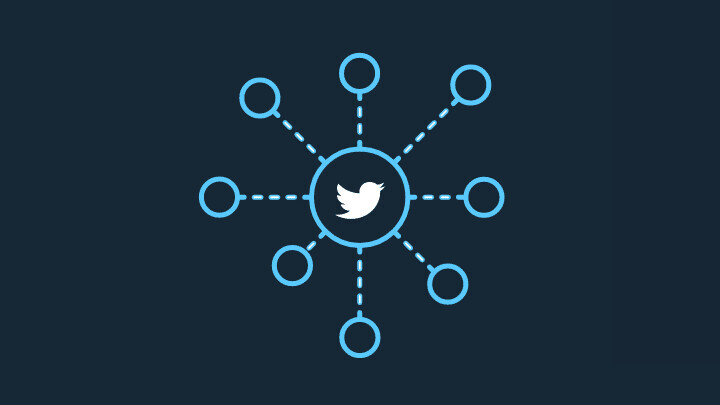
Last month, a bunch of users tweeted about how Twitter’s image cropping algorithm seems to have a bias towards fair-skinned people.
When users posted uncropped images containing both light and dark-skinned people, the social network’s algorithm often showed the light-skinned person in the preview.
Trying a horrible experiment…
Which will the Twitter algorithm pick: Mitch McConnell or Barack Obama? pic.twitter.com/bR1GRyCkia
— Tony “Abolish (Pol)ICE” Arcieri ? (@bascule) September 19, 2020
At that time, Twitter said, while its algorithm was tested for bias, it will conduct further investigations to resolve the issue. Last night, in an update, the company said it’s planning to give users more control over how the final image will look like:
We are prioritizing work to decrease our reliance on ML-based image cropping by giving people more visibility and control over what their images will look like in a Tweet. We’ve started exploring different options to see what will work best across the wide range of images people Tweet every day.
The social network explained that it’s machine learning algorithm relies on saliency — a measure that predicts where people might look first in an image. It said the system was tested for bias between a different range of demographic groups, and the team didn’t find any bias. But the company said, “the way we automatically crop photos means there is a potential for harm.”
Twitter didn’t describe the way it intends to implement the new image cropping system and said it’s exploring different ways. It’ll try to design the algorithm in such a way that what you see in the image composer is what you’ll get in the finally posted image with a tweet. However, images with non-standard resulotion — such as long images posted in the tweet above — will require some experimental features for final presentation.
While we’ll have to wait for a while to see what the final implementation looks like, Twitter should make its findings and experimentation methods open-source for researchers to test the algorithm against bias before it’s rolled out to all users.
So you’re interested in AI? Then join our online event, TNW2020, where you’ll hear how artificial intelligence is transforming industries and businesses.
Get the TNW newsletter
Get the most important tech news in your inbox each week.




